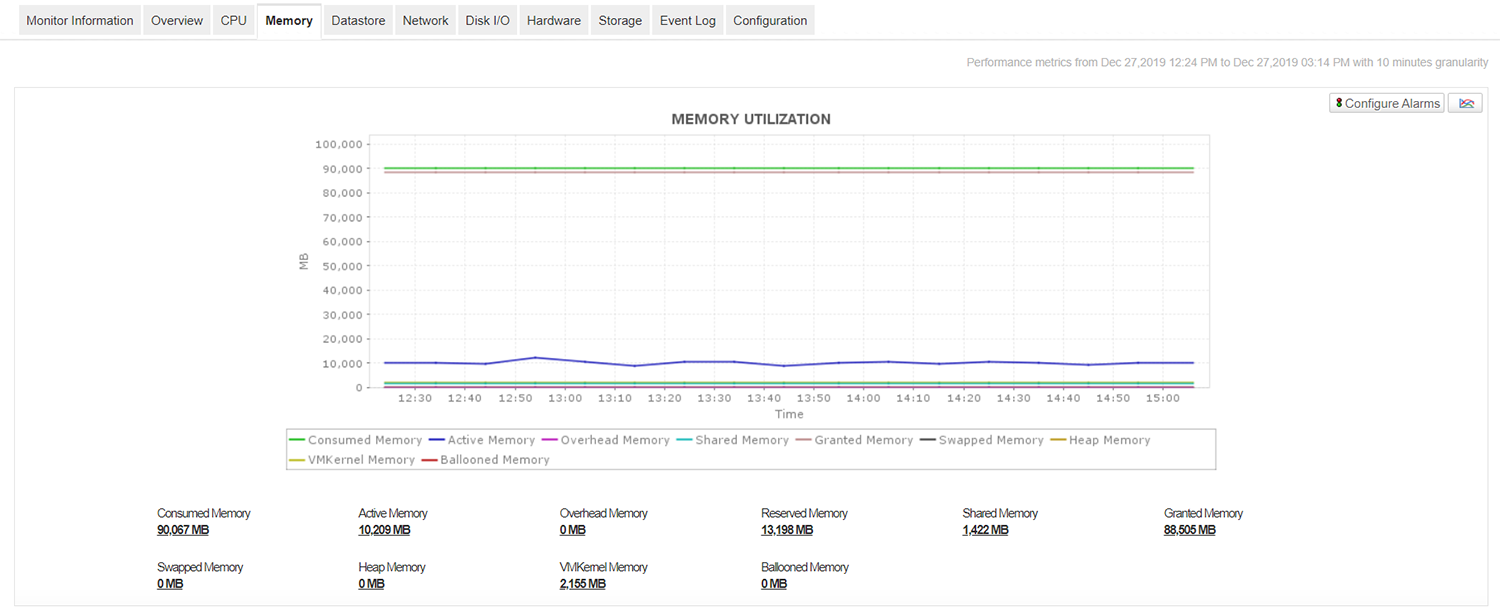

#Vm management tool for mac drivers
Xen guest drivers have been built-in in the Linux kernel for many years. The tools are made of two main components:
#Vm management tool for mac install
In short: always install the guest tools to your VMs. This brings better performance and is required for various features.

XCP-ng needs guest tools to be installed in the VMs in order to communicate with the guest operating system. After reboot your VM will display the selected resolution.Restart your VM by sending a CTRL+ALT+DEL.In the OVMF settings, select Change Preferred then the resolution you want.In the next screen select OVMF platform configuration.Navigating with keyboard arrows, select Device Manager and press Enter. You will enter the UEFI firmware management interface.At VM start, during Tiano firmware logo display, press ESC.# Windows VMs # Manage screen resolution # Bios VMįor a Bios VM, screen resolution can be managed directly through the OS:įor a UEFI VM, you will need to set up your resolution in the UEFI settings of the VM.įor that you first will need to enter the VM UEFI setup: If dynamic min < dynamic max, then make sure your VM is able to fully function with as little RAM as defined in dynamic min. If dynamic min is equal to dynamic max - as displayed in the screenshot - then dynamic memory is disabled. In Xen Orchestra, the Advanced tab of your VM will display the memory limits, in the "VM limits" section: We recommand you check your VM settings to verify if dynamic memory has been enabled.

Using Dynamic Memory Control (DMC) can be a good way to reduce your memory consumption, but you have to be careful: during live migration of a VM, XCP-ng will automatically reduce the VM memory to it's minimal settings and this can cause VM crash if it's not ready to function with this smaller amount of RAM.


 0 kommentar(er)
0 kommentar(er)
